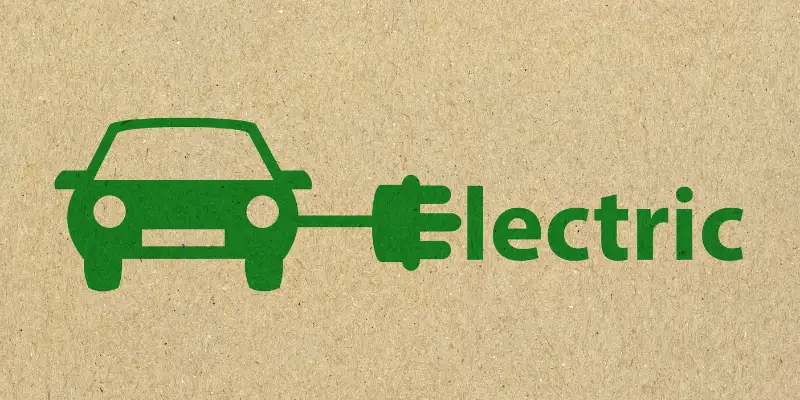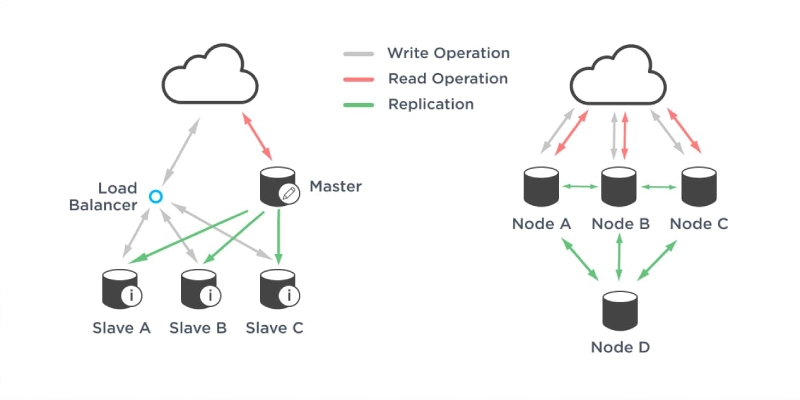Electrification is changing every mobile vehicle industry. The rise of electric cars, hybrids, and hydrogen-fueled vehicles is changing how we live, drive, and interact with our world. Whether you’re an EV pro or simply interested in learning about the future, this article will explore how Electrification is changing the end of the automobile industry.
Electrification is impacting every mobile vehicle industry.
With increasing consumer interest, vehicle electrification has become a crucial component of the mobility industry. The benefits of Electrification include reduced emissions and improved safety. In addition, electric vehicles can improve the driving experience. However, electric cars are costly. They have high maintenance costs, and battery life is limited. Also, they are only feasible in some cities due to electricity shortages.
Several countries, including China and Japan, have taken steps to reduce emissions. The government has also tied some stimulus programs to corporate environmental performance.
Although the United States is not currently in a regulatory rush, the automobile industry remains an attractive market for Electrification. It is a good thing for businesses.
Electrification has become a vital part of the mobility ecosystem, and as such, all sectors must work together to create a successful transformation. Companies in the vehicle electrification sector focus on strategic initiatives such as acquisitions and collaborations. These initiatives provide the necessary fuel for the market to grow.
Public charging stations will increase the adoption of EVs.
A new study from North Carolina State University (NCSU) has developed a dynamic computational tool that helps drivers find more convenient and accessible electric vehicle charging stations. The device uses a combination of data sources and neighborhood characteristics to determine how EVs are used. It aims to make EVs more appealing to drivers and promote broader adoption.
The charging infrastructure will be critical as more vehicles are purchased, and drivers adopt EVs. Fortunately, many cities have started to take the lead in electrifying transportation. Several states have approved investments in charging networks by utilities, while other major cities are poised to transition to EVs.
Miami-Dade County is working to increase the number of EVs on the roads by shifting its fleet to electric. The county aims to get 10% of all new car purchases to be electric by 2020.
Consolidated Edison, the city’s utility, has a program called PowerReady that will include more than 19,000 Level 2 chargers by July 2020. To help customers install EV chargers, the company will offer incentives.
HEVs will combine a fuel engine with electric elements.
Hybrid electric vehicles (HEVs) are a promising solution to the problem of fossil fuel consumption and pollution. They offer the best of both worlds – better fuel economy and lower emissions. However, they are more expensive than conventional gasoline-powered cars.
Many factors go into the design of hybrid electric vehicles. Some of these include battery capacity, energy storage, and electronic components. The components can be integrated in different ways. These can have an impact on the overall design of the vehicle.
A hybrid electric vehicle uses a battery to store electrical energy. Electric motors then convert this energy into traction power. It can be charged by regenerative braking or through the use of an internal combustion engine.
Hybrid electric vehicles have the potential to reduce the amount of pollution generated by conventional cars, but they are still relatively new to the market. As technology continues to develop, it could become more affordable.
Taxes, subsidies, and regulations shape the country’s automobile market.
Taxes, subsidies, and regulations are crucial factors to consider when assessing how the country’s automobile market is shaping up. While vehicle taxation has a wider impact on consumer decision-making, it’s also important to remember that incentives can be used to steer the purchase of new vehicles. For instance, using a tax-based system to promote the acquisition of CO2-efficient cars has been a relatively stable approach.
In recent years, the average CO2 emissions of new passenger cars in the EU have fallen steadily. Although the reduction in emission rates is not as dramatic as the EU’s overall target of 95 g CO2/km by 2021, the progress is still impressive. However, it’s important to note that if the target is to be met, a further 19.5% decrease in average CO2 emissions is required. It is largely due to the economic crisis, which has encouraged consumers to purchase lighter, cheaper vehicles.
A recent study by the European Topic Centre at the European Environment Agency aims to examine the effect of taxes, subsidies, and regulations on the automobile market. The study explores how different approaches to taxation and support affect the adoption of lower CO2-emitting vehicles. Seven case studies were chosen to illustrate various methods of tax and incentives.




